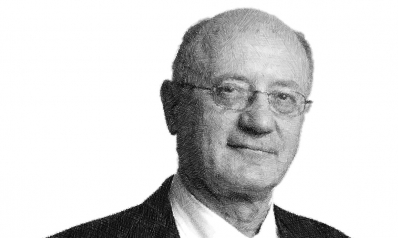by Greg Valliere, AGF Management Ltd.
LET’S LOOK THIS MORNING at a question we’ve gotten repeatedly in the past two weeks — why were the polls so wrong, again, in the past election?
JUST BEFORE THE ELECTION, most polls showed Joe Biden leading by 7 or 8 points; he won by just under 4%. The polls were even more inaccurate in some states — in Wisconsin Biden had a double digit lead in October but won by slightly under 1%. In Maine, GOP Sen. Susan Collins trailed throughout the campaign but won by about nine points. There are many more examples.
SO WHAT WENT WRONG? We’ve plowed through lots of autopsies. First of all, we reject the view of some apologists like Nate Silver, who argue that the polls weren’t that bad. But they were — in many cases worse than in 2016.
OUR SENSE IS THAT THE POLLING INDUSTRY FACES THREE PROBLEMS:
1. “Shy” voters: This theory is conceded by polltakers, who know that some
respondents don’t want to tell a complete stranger that they love Donald Trump. They may say one thing to a polltaker and do something different in the voting booth. The fancy term here is “social trust.” Many Trump voters simply don’t have social trust to talk candidly to polltakers.
2. Bad respondent samples: Polltakers claim they have accurate samples — just the right percentage of rich/poor, young/old, male/female, etc. But do they? A suspicion persists that the polltakers still don’t include enough white males who didn’t go to college — the core of Trump’s base. These people are suspicious of talking to polltakers.
3. Turnout: Polltakers have always had difficulty with this one. They often can’t
accurately predict voter enthusiasm on a rainy, windy election day. Trump supporters will turn out in a hurricane, but many Democratic candidates may have lost because their supporters weren’t enthusiastic enough to turn out.
WE’RE NOT INCLINED TO INCLUDE ON THIS LIST a diabolical “voter suppression” plot, as Trump and other Republicans allege; polls showing Democrats with leads actually may have motivated Republicans to vote. Nevertheless, this issue will be debated endlessly in the coming months, and it’s easy to understand Trump’s frustration with polls that showed him hopelessly behind in Wisconsin.
OUR BOTTOM LINE: Throughout the fall, we always chopped Biden’s poll lead in half, and that unscientific approach seemed to work; he won by about half of the polling lead he had just before the election. Until the polling industry gets its act together and improves its methodology, we’ll stick with that rule of thumb — and we’ll never fully trust the polls again.















